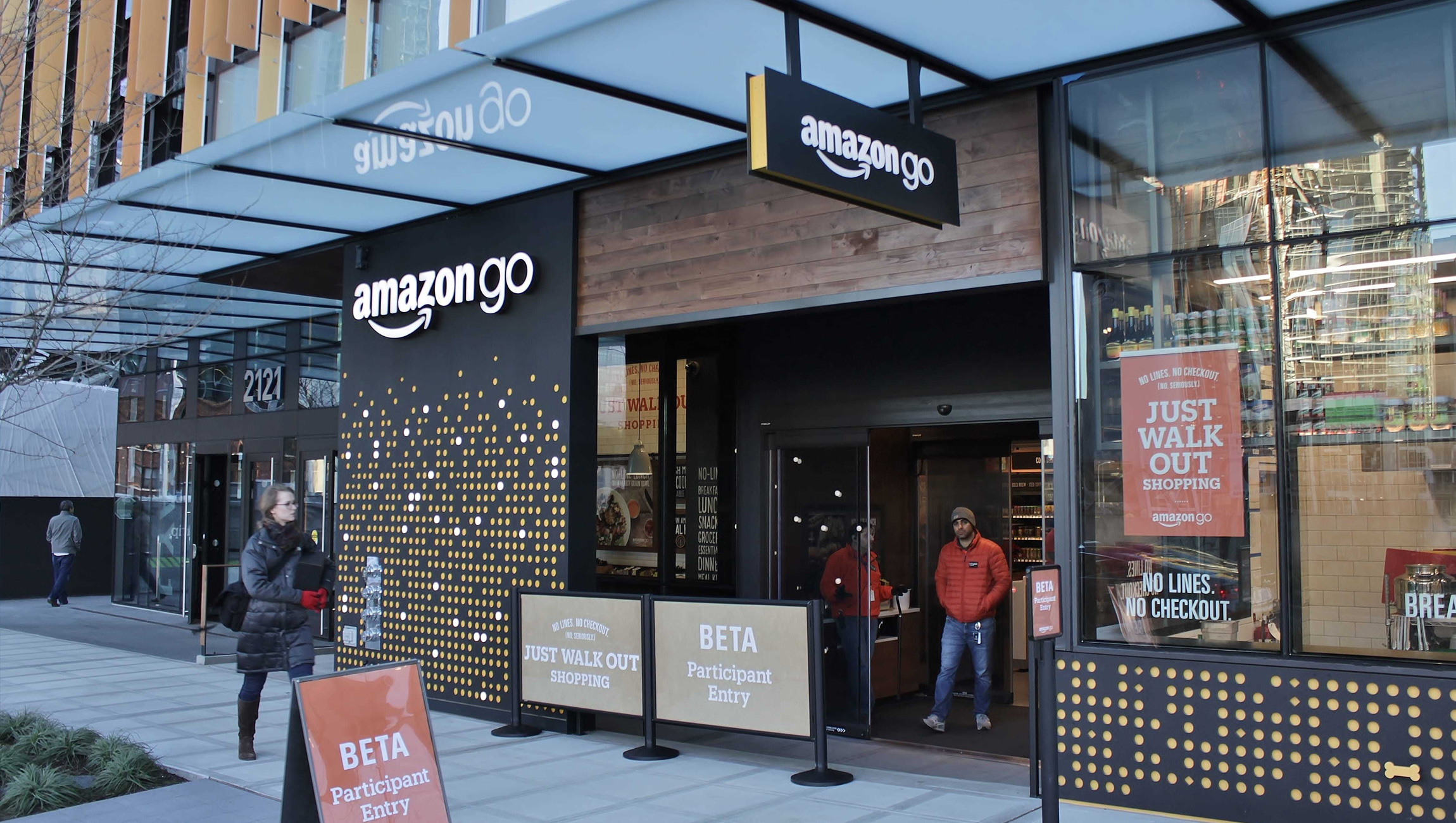Consumers were predicted to spend a near-record $19.6 billion on Valentine’s Day, averaging $143.56 per consumer, an increase from last year’s $136.57 according to NRF’s annual survey. With the focus on indulging loved ones, there’s never been a more appropriate time for brands to focus on their own relationship with consumers.
Advice that applies to interpersonal relationships works for brand/customer ones, too. From paying close attention to wants and needs to consistent and effective communication, brands that truly want to inspire loyalty from customers need to think in terms of being a good partner. The challenge, of course, is in an increasingly digital and global world, how can companies do right by consumers at scale?
Advances in artificial intelligence are solving for this challenge. Using natural language processing and the finest-tuned sentiment analysis, Yotpo’s customer content marketing platform has analyzed more than half a million reviews of products and experiences from 2700 brands leading up to Valentine’s Day.
And there’s great news.
Consumer sentiment for these companies–predominantly digital-first eCommerce brands–was overwhelmingly positive.
Customers reported loving their experiences 100x more than they hated it. High up on the love list were key customer experience pillars such as product, quality, service, shipping/delivery, price, and customer service. On the flip side, shoppers also end up kissing a few frogs. Brands stumbled in a variety of areas including sending the wrong size, being unresponsive, and providing “horrible” customer service.
Customers are talking; by reading every review and other user-generated content (with the help of AI), brands can finally demonstrate that they can be good partners by listening.
After all, 186% of consumers are more likely to buy after reading reviews, and 88% of consumers trust reviews as much as personal recommendations.
How can brands show consumers they care enough to deliver a superior experience that will strengthen relationships with consumers? Here are three easy ways:
Also Read: How Marketers Can Use Customer Behavior to Drive Revenue
Show Them You’re Listening.
Brands should recognize and welcome customer feedback anywhere they can get it, as a valuable source of insight into what works and doesn’t. Best practices include incenting buyers to provide and share reviews on social media through discounts and coupons and responding to issues quickly.
Chubbies, the retro shorts-inspired startup that has since become immensely popular among Millennials and American patriots alike, is committed to treating customers like friends. Every month, the founders hold phone calls with customers to get their direct feedback on the Chubbies experience and make improvements where they can.
As a result of efforts like the monthly customer calls, the brand has amassed millions of subscribers to their “Friday at Five” philosophy…and an ever increasing boom in sales.
Also Read: How To Avoid Being ‘First Down’: Lessons To Learn From Super Bowl LII
Take the Good with the Bad.
Although the majority of reviews analyzed were positive, there were many others with negative sentiment. This is actually a good thing since almost every consumer won’t trust a site that publishes only positive reviews.
Publishing negative feedback helps establish credibility with new consumers. This is especially true if the brand posts their responses inline, given that 53% of consumers say they would expect a reply, and 93% of those shoppers say their loyalty to the brand would be diminished without one.
Make It Better.
Actions are louder than words. If brands are going through the effort to collect performance and product feedback, the act is moot without a meaningful and prompt response. As it turns out, AI-driven sentiment analysis can uncover pain points for scores of customers that a brand might detect, but isn’t able to corroborate with data when there is way too much feedback to track.
For example, a beauty products company was able to pinpoint and ultimately fix a problem with specific warehouses in two different locations on the globe, after discovering 5% of customers very vocally, in reviews, complaining about poor shipping experiences.
Great brands are built on happy customers. Sure, the proliferation of channels, fierce competition, and looming threat of Amazon are making it extremely tough to thrive, let alone survive, in today’s commercial paradigm. But companies ultimately have themselves to blame if they don’t treat customers with care and consideration, wooing them like every time is the first time. Expressing, listening, and demonstrating that you’re hearing them through action.
You have to give love to get love back, to ensure that happily ever after for your brand.
Also Read: 5 Mistakes That Can Be Disastrous to Your B2B Sales and Leads











